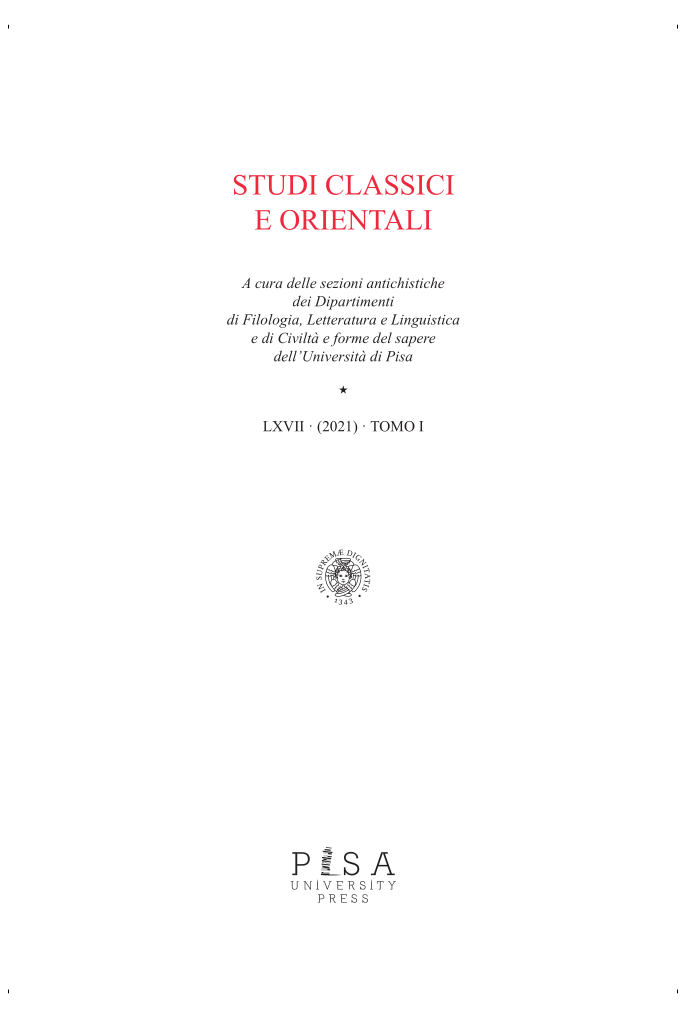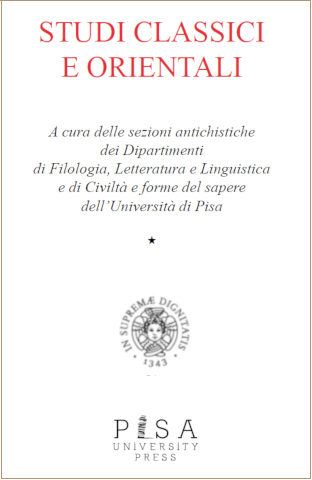Necrogeografia di un’area urbana. Un’analisi diacronica dei paesaggi funerari di Pisa
Parole chiave:
Archaeology, Agency, Deathscape, Water, Spatial analysisAbstract
This contribution seeks to understand the funerary landscapes in the urban area of Pisa as a function of environmental, cultural, social, and personal interactions both in a diachronic and synchronic way. Starting from spatial and statistical analysis, we propose to read the funerary landscape from a perspective of almost osmotic and continuous interrelation between the cities of the dead and the surrounding environment characterised by a constant and fluid presence of water, avoiding fruitless dualistic conflicts. Such an approach is not new in archaeology since sites, bioarchaeological data, and material culture related to burials can be read as reflecting the dead’s spatial agency above and below ground. In this perspective, we consider the funerary landscape as a taskscape, that is, as a landscape of correlated activities, never static or immutable, in which different agents interact and in which the sensorial multiplicity intervenes decisively. The burial of the dead, the design of cemeteries, tombs, and funerary monuments, is an essential human institution, instrumental both to creating places and the imagination of the future and offers an insight into the socio-cultural and political contexts in which they were generated. Such places have been invested with meaning by those who produced them and, in turn, have been co-opted for the construction of identity, territorial and ideological signalling. Therefore, in our case, the taskscape becomes a deathscape where places are modified by the rituals associated with death and which in turn can influence human experiences of death.



